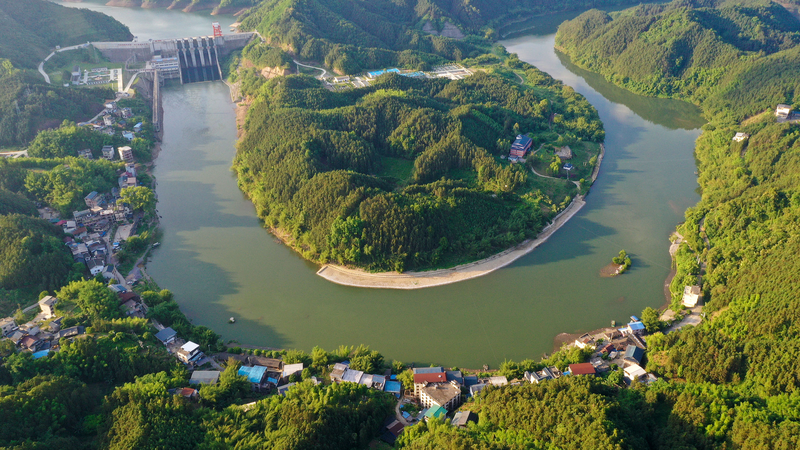From Plan to Action: A Roadmap for Rivers and Lakes
On Wednesday, the Ministry of Ecology and Environment and other government organs of the Chinese mainland unveiled a three-year action plan (20252027) to restore and preserve the health of rivers and lakes. This initiative sets clear milestones: noticeable improvements by 2030 and full completion by 2035.
Blueprint for Blue: Key Criteria for 'Beautiful' Waterways
Liu Jing, deputy director of the department of water ecology and environment, explained that thriving aquatic ecosystems hinge on three pillars:
- Water Resources: Stable replenishment, steady flow, and adequate ecological water use ensure that rivers keep flowing even under stress.
- Water Ecology: Protecting buffer zones, restoring native habitats, and safeguarding biodiversity to see fish and aquatic plants return in force.
- Water Environment: Strict pollution control, consistent water quality upgrades, and accessible waterfronts that foster harmony between people and water.
Science, Law, and Community: The Three Cs
The plan emphasizes targeted, science-based, and lawful pollution control. By coordinating water resources management, environmental safeguards, and ecological restoration across upstream and downstream areas, officials aim to build an integrated governance system for key basins.
Global experts highlight that similar frameworks have slashed industrial pollutants by over 40 percent in major river basins elsewhere. For the Chinese mainland, success could inspire other regions grappling with water scarcity and ecosystem degradation.
Why It Matters: A Global Perspective
Water security affects over 2 billion people worldwide. As digital nomads, entrepreneurs, and travelers navigate a changing planet, healthy rivers and lakes support sustainable tourism, power green startups, and nurture local communities. The Chinese mainlands action plan is more than a national policyits a case study in balancing growth, ecology, and public well-being.
Looking Ahead
With regular progress reports and public consultations built into the timeline, the plan invites citizens, NGOs, and businesses to join the journey. By 2035, the goal is clear: rivers with flowing water, rich biodiversity, and vibrant waterfronts where people and nature thrive together.
Reference(s):
cgtn.com




